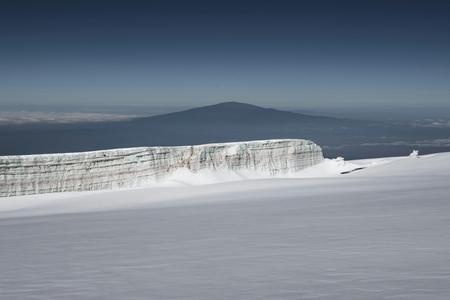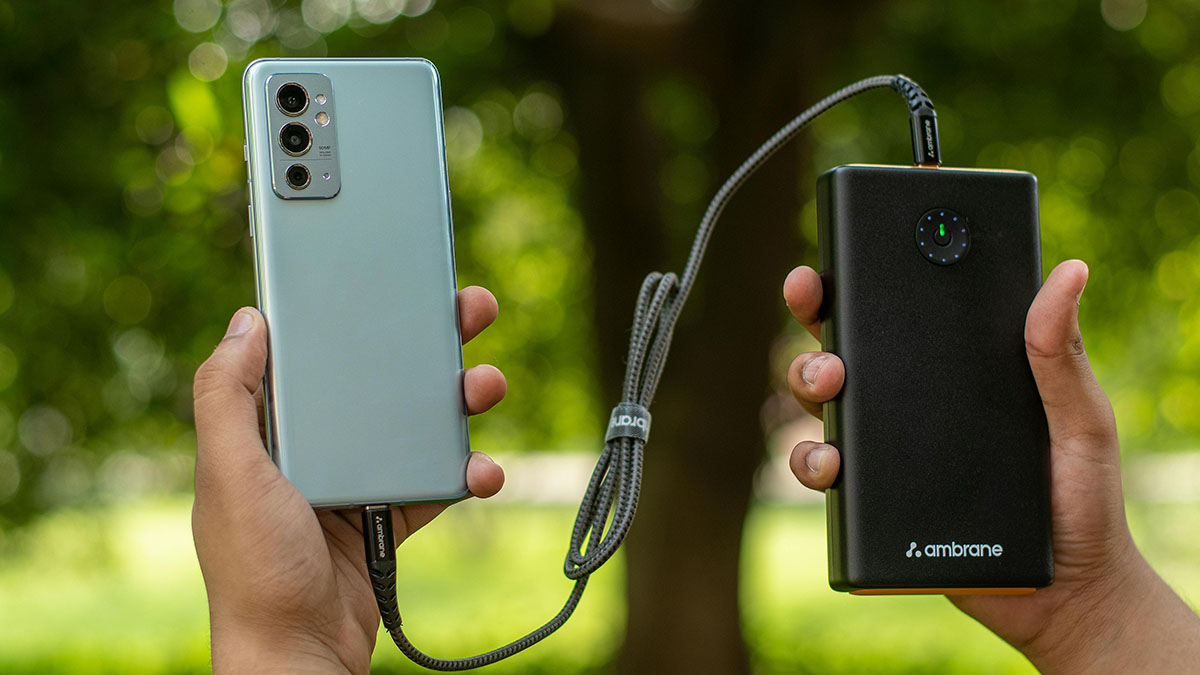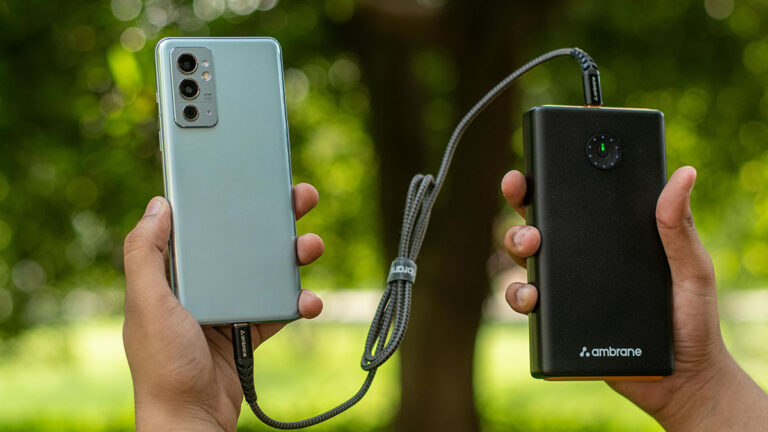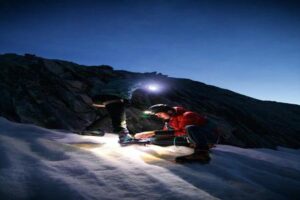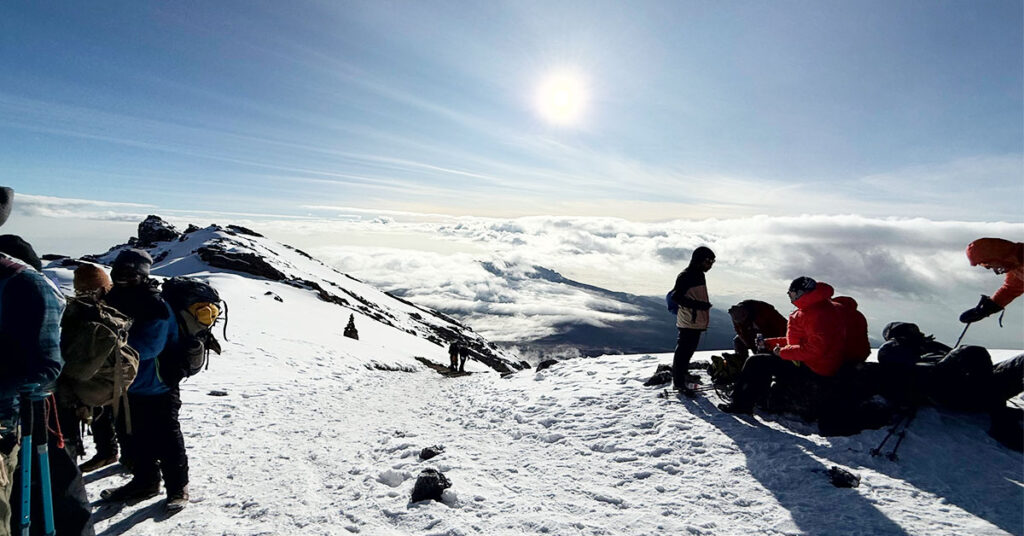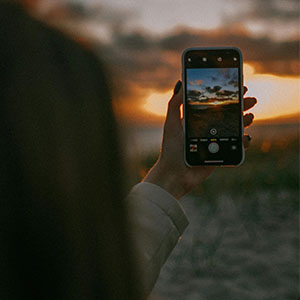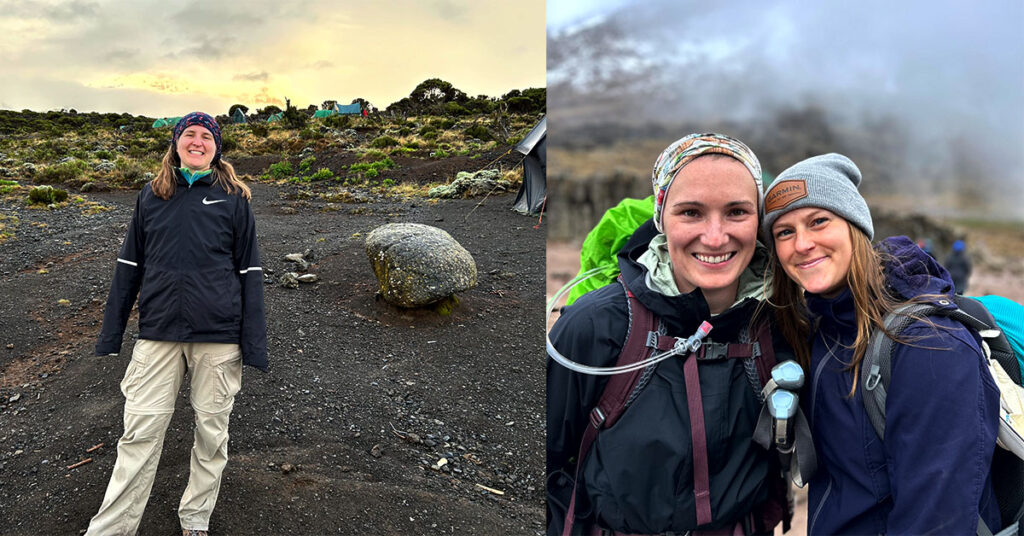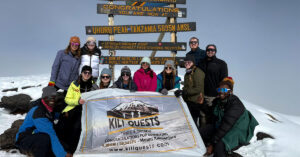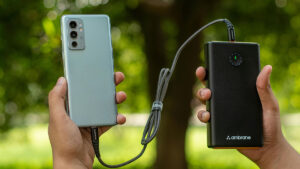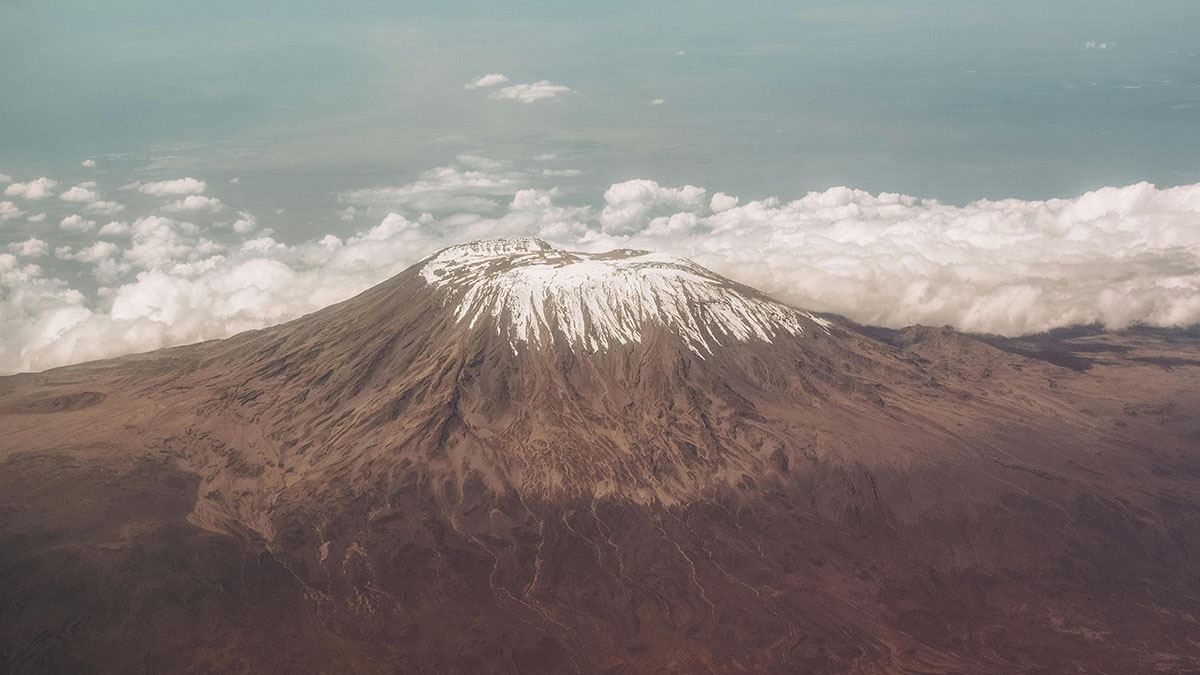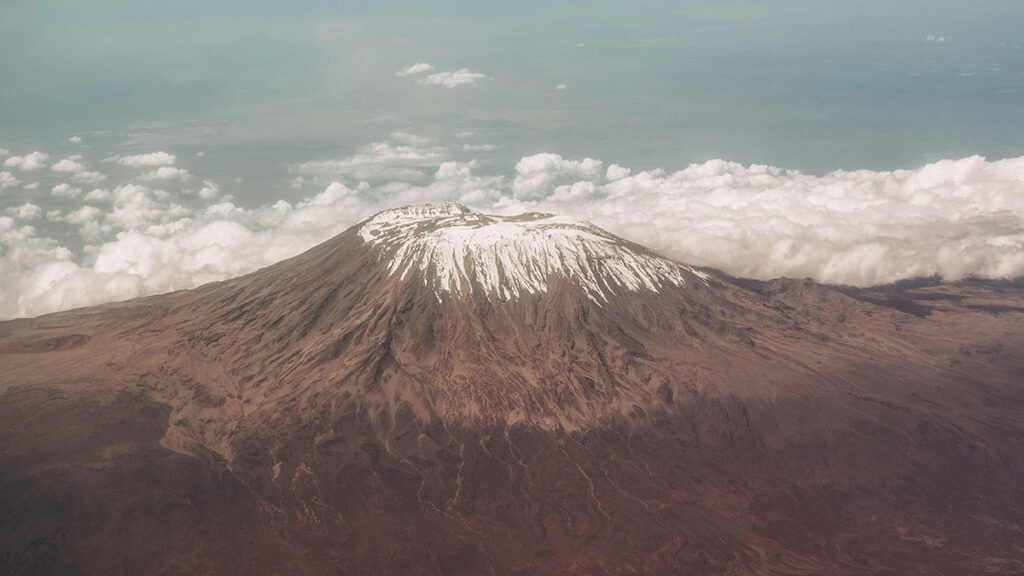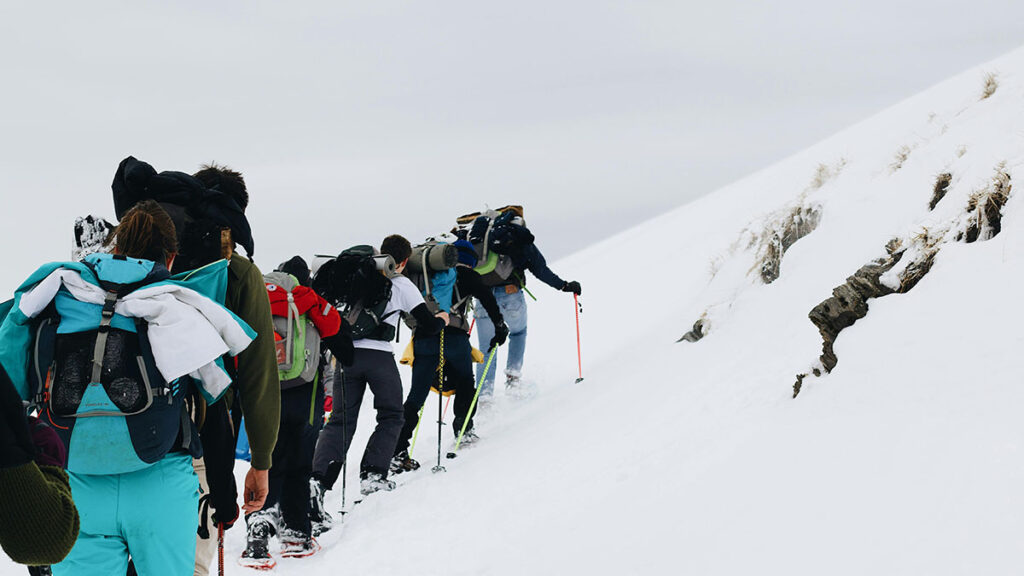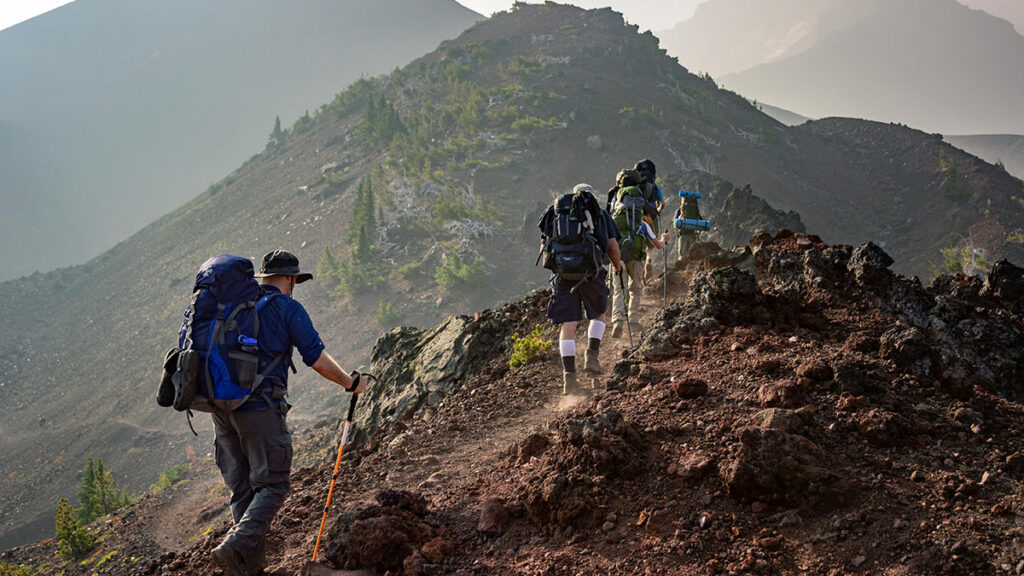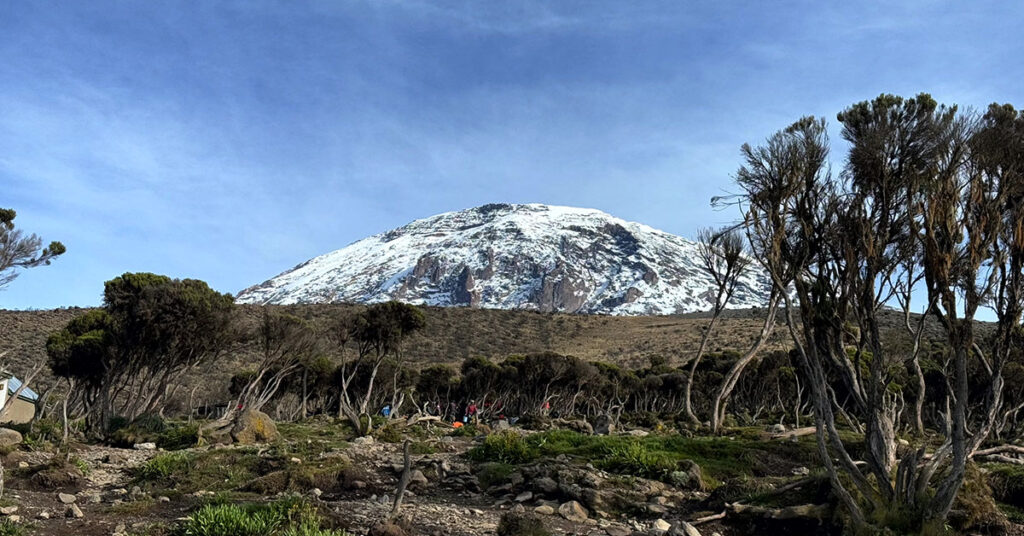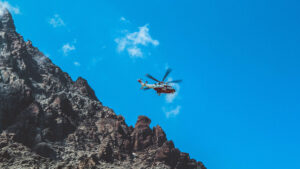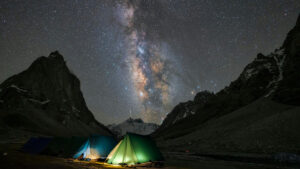Table of Contents
What You Need to Know About Tanzania: Mountain Weather and Climate | Kili Quests
Tanzania is a land of contrasts — from lush lowland rainforests to the frozen summit of Mount Kilimanjaro. If you’re planning a trek with Kili Quests, understanding mountain weather is essential to prepare properly for your adventure.
Whether you’re climbing Kilimanjaro, exploring Mount Meru, or trekking through national parks, this guide explains how Tanzania’s weather changes with elevation and season, so you’re never caught off guard.
Best Time to Climb Kilimanjaro – Match your climb to the driest and most scenic season for a safer summit.
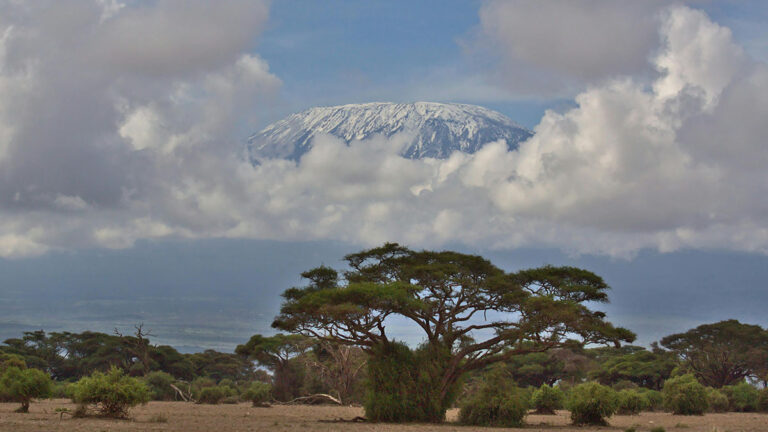
Tanzania’s Mountain Weather: Seasonal Overview
Tanzania has two primary weather seasons:
- Wet Season: March to May (long rains)
- Dry Season: June to October (ideal for trekking)
- Short Rains: November to early December — lighter, less frequent rain
However, mountain weather also depends heavily on altitude, not just the season. Temperatures can drop quickly as you ascend, and sudden changes in wind, cloud cover, or rain are common.
Safari Timing Article – Weather affects both trekking and safari plans — combine them wisely.
Weather by Altitude: What to Expect on Kilimanjaro and Beyond
1.Tropical Zone (1,000m – 2,000m)
- Temperature: 20°C – 30°C (68°F – 86°F)
- Weather: Warm and humid; lush rainforest and grasslands
- Expect: Rain showers during wet season, clear skies in dry months
2. Temperate Zone (2,000m – 4,000m)
- Temperature: 10°C – 20°C (50°F – 68°F), colder at night
- Weather: Cooler, with alpine vegetation
- Expect: Clearer views, moderate temperatures — especially on the Machame Route
3. Alpine Zone (4,000m – 5,500m)
- Temperature: -5°C to 10°C (23°F – 50°F)
- Weather: Thin air, strong sun during the day, freezing nights
- Expect: Harsh winds and snow above 4,500m — prepare for summit day
4. Arctic Zone (Above 5,500m)
- Temperature: -10°C or lower (14°F and below)
- Weather: Ice, snow, and biting wind at the summit
- Expect: Extreme cold and low oxygen — layering and acclimatization are key
Night Temperatures – Prepare for freezing nights above 3,000 meters with the right gear.
How Seasons Affect Climbing Conditions
Dry Season (June – October)
- Best time to climb Mount Kilimanjaro
- Trails are dry, views are spectacular
- High season: expect more climbers
Short Rains (November – December)
- Trekking is still possible with lighter rain
- Quieter trails, but occasional showers at lower levels
Long Rains (March – May)
- Not ideal for trekking
- Trails can be slippery or muddy
- Routes like Machame may close due to poor conditions
Ecological Zones – Each zone has its own weather patterns — see how the climate shifts as you ascend.
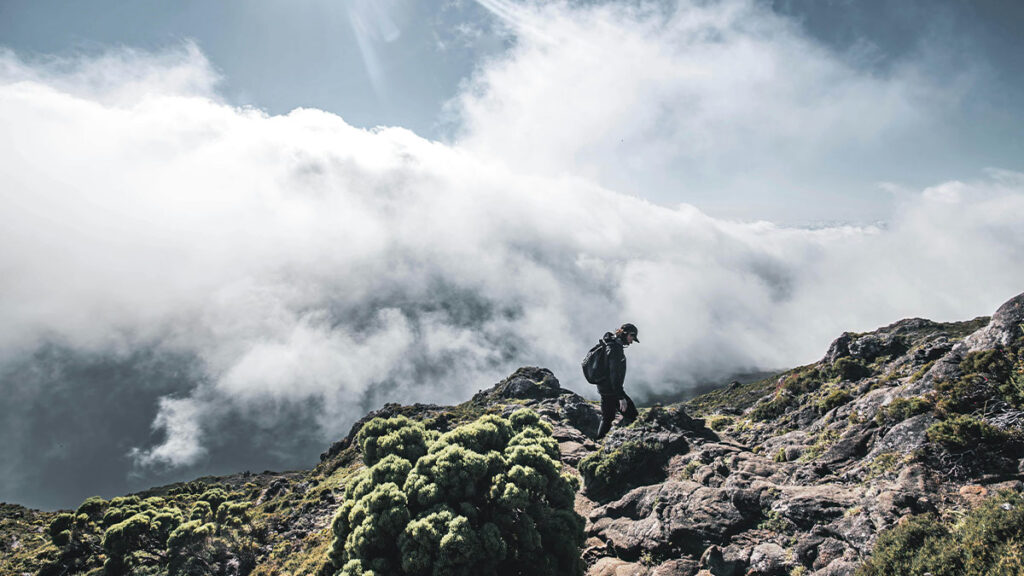
How to Prepare for Mountain Weather in Tanzania
No matter the route or season, weather on Kilimanjaro and other Tanzanian peaks requires serious preparation:
Dress in Layers:
- Moisture-wicking base layers
- Insulating mid-layers
- Waterproof outer layers
Thermal Gear for Summit:
- Gloves, thermal socks, balaclava, and down jacket for arctic zone
Footwear:
- Waterproof, broken-in hiking boots with good grip
Sun Protection:
- Sunglasses, sunscreen, and sun hat for alpine exposure
Emergency Preparedness:
- First aid kit, rain cover, and extra thermal gear
What Kili Quests Offers
At Kili Quests, your safety and success are our top priorities. We ensure you’re fully prepared for all mountain weather conditions with:
- Wilderness First Responder-trained guides
- Pre-trek briefings based on seasonal weather updates
- Flexible itineraries in case of shifting weather patterns
Be Weather-Ready, Be Adventure-Ready
Tanzania’s mountains offer spectacular views, rich ecosystems, and unforgettable summit moments — but only if you’re prepared for the weather.
Book your adventure today with Kili Quests Contact us for route advice, weather planning, and expert guidance Come prepared, and summit with confidence
Related Articles
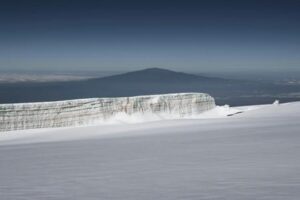
Tanzania Weather Guide: Mountain Climate & Trekking Tips
December 13, 2024
No Comments
Table of Contents What You Need to Know About Tanzania: Mountain Weather and Climate | Kili Quests Tanzania is a land of contrasts —

Tanzania Safari Advice:10 Things You Must Know Before You Go
April 9, 2025
No Comments
Table of Contents 10 Tips for an Unforgettable Safari with Kili Quests | Tanzania Travel Guide A Tanzania safari is more than just a
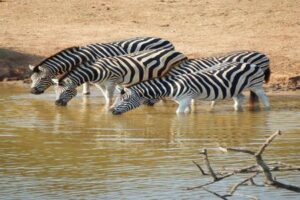
Best Safari Adventures in Tanzania: 2025 Guide
April 15, 2025
No Comments
Table of Contents Embark on an Unforgettable Safari with Kili Quests: Book Your Dream Adventure Today Ready to experience the wild beauty of Tanzania’s


